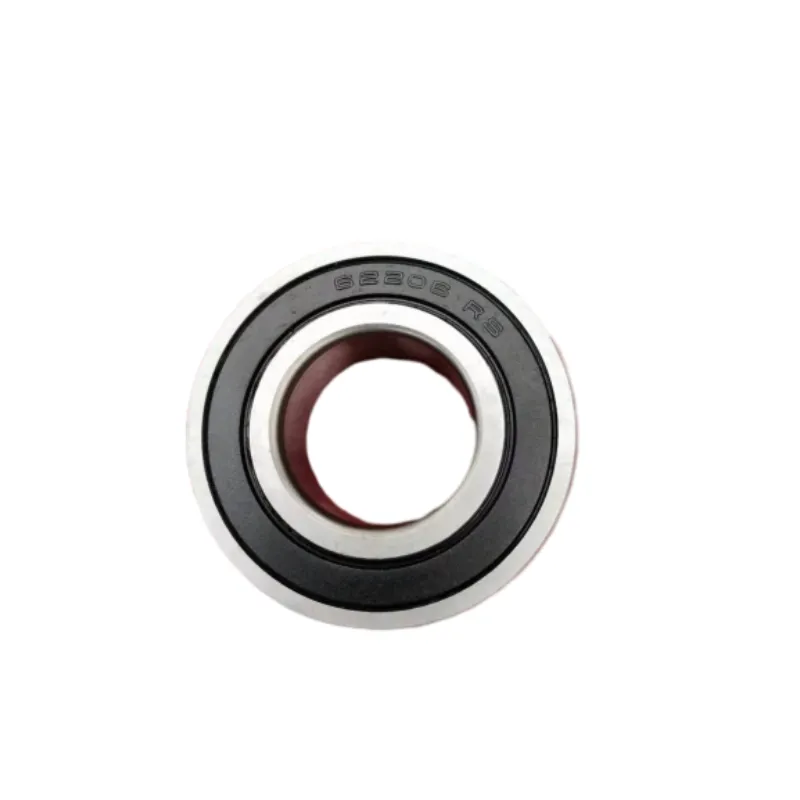
Nov . 30, 2024 07:10 Back to list
bearing thrust
Understanding Bearing Thrust An Essential Aspect of Mechanical Engineering
In the realm of mechanical engineering, the design and functionality of rotating machinery hinges on the understanding of various components, particularly bearings. Among the key considerations in bearing design is bearing thrust, an important dynamic that influences performance, durability, and overall efficiency in mechanical systems.
What is Bearing Thrust?
Bearing thrust refers to the axial load acting on a bearing, which is typically a result of forces generated by the application’s operational dynamics. Unlike radial loads that operate perpendicularly to the shaft, thrust loads work parallel to the shaft axis, thus requiring its own specialized design considerations. These axial loads can emerge from various sources, including the weight of components, shaft misalignment, or the operational requirements of machinery where directional forces occur.
The management of bearing thrust is crucial as it directly affects the lifespan and functionality of the bearings. When excessive thrust is present, it can lead to premature wear, overheating, and ultimately, bearing failure. Engineers must therefore consider the thrust loads in their designs to ensure the components can handle the dynamic forces at play within the mechanism.
Importance in Machine Design
When designing machinery, understanding and calculating bearing thrust is fundamental to ensuring the reliability and efficiency of the system. Bearings are generally categorized into two types based on the direction of load radial bearings, which accommodate loads perpendicular to the shaft, and thrust bearings, specifically designed to manage axial loads.
In high-speed applications, such as turbines and pumps, properly managed bearing thrust allows for smoother operation and reduced vibration. Engineers often employ thrust bearings in these scenarios to directly counteract axial loads. For example, in wind turbines, the thrust generated by the rotor must be effectively managed to prevent damage and ensure longevity. Similarly, thrust bearings are essential in automotive applications, bearing the axial forces generated from engine dynamics.
Factors Influencing Bearing Thrust
Several factors can influence bearing thrust, including the type of bearing used, the material properties, lubrication methods, and the application’s operational environment.
bearing thrust

1. Type of Bearing Different bearing designs handle thrust loads in different ways. Thrust ball bearings, for example, are expressly designed for axial loads, while cylindrical roller bearings can accommodate both radial and thrust loads but with limitations.
2. Material Properties The materials used in bearing construction significantly affect their performance under thrust loads. For instance, bearings made from hardened steel may handle higher loads better than those made from softer alloys.
3. Lubrication Effective lubrication plays a crucial role in managing thrust loads by reducing friction and wear. The right lubricant can help dissipate heat generated from axial loads and improve the efficiency of the bearing.
4. Operational Environment Environmental factors such as temperature, humidity, and exposure to corrosive substances can exacerbate the effects of thrust loads on bearings. Selecting bearings that are suitable for specific environments can greatly enhance their performance and lifespan.
Bearing Thrust in Practice
The calculation of bearing thrust is often part of a broader engineering assessment to ensure that machinery operates within safe and efficient limits. Engineers use various formulas and modeling techniques to estimate the thrust loads and select appropriate bearing types and sizes.
In practice, unnecessary thrust can be mitigated through design strategies such as proper alignment of components, use of flexible couplings, and the integration of thrust bearings where needed. Current advancements in computational design and simulation technologies further enhance the ability to analyze and predict thrust behaviors, leading to optimized machinery performance.
Conclusion
Bearing thrust is a crucial aspect of mechanical engineering that warrants careful consideration in the design and application of rotating machinery. By understanding the nature of thrust loads and their implications for bearing performance, engineers can create more reliable, efficient, and durable mechanical systems. As technology continues to evolve, so too will the strategies to manage bearing thrust, ensuring machinery can operate effectively in a wide range of applications. Whether in heavy industry, automotive, or aerospace sectors, the principles of managing bearing thrust will remain integral to engineering excellence.
Latest news
-
Premium Deep Groove Ball Bearings | High Speed & Reliability
NewsAug.29,2025
-
Durable Scaffolding Clamps - Secure & Reliable Tube Connectors
NewsAug.28,2025
-
Common Failures in Thrust Ball Bearings and Solutions
NewsAug.22,2025
-
How Tapered Roller Bearings Can Take Shock Loads
NewsAug.22,2025
-
Angular Bearings in High-Precision Spindles
NewsAug.22,2025
-
The Impact of Misalignment on Cylindrical Roller Bearing Performance
NewsAug.22,2025
